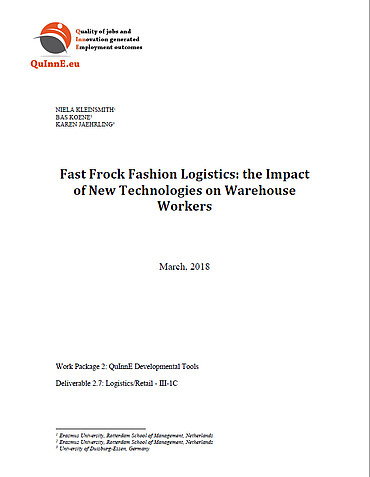Citation Note
Based on field research; 14 pages.
Abstract
Martin Fischer, CEO of Fast Frock Fashion Logistics, was preparing for a tough meeting. Seven years ago, his employees had made significant wage concessions to allow the company to invest in automation and new technologies to build its future. But the company had never made the expected investments, and some employee groups were demanding payback. Fast Frock had initially been the internal logistics unit of a large European retail fashion holding, but had been spun off in 2006 as a separate, wholly-owned, third-party logistics (3PL) subsidiary. Automation had become prevalent in the logistics industry, primarily to increase throughput speed and traceability, and to reduce error rates; but demands for customized services from Fast Frock's fashion retail customers, as well as high costs of investment, meant that Fast Frock, as many of its competitors, was still highly reliant on manpower. Warehouse workers faced unpredictable schedules of highly variable hours doing often repetitive tasks for low wages. Automation had, to some extent, further impoverished working conditions. Fast Frock's current employee performance bonus system was scheduled for an update next week with the input of employee representatives. They would likely bring up all employee-related topics, so Fischer had to go prepared with ideas and arguments. He was currently reassessing employee motivation schemes, manpower planning options and possibilities for further investment in new technologies. With the threat of an employee strike looming, he had to find the right solutions before it was too late.
Objective
1. Understand current and future industry trends in retail warehousing. 2. Explain the reasons for increasing, or not, the automation in current warehouses. 3. Compare and contrast the effects of different performance incentive schemes for optimising low-skilled employee performance levels. 4. Assess different options for highly flexible staffing solutions. 5. Describe the current role of employee representatives (works councils) in the warehousing industry.
